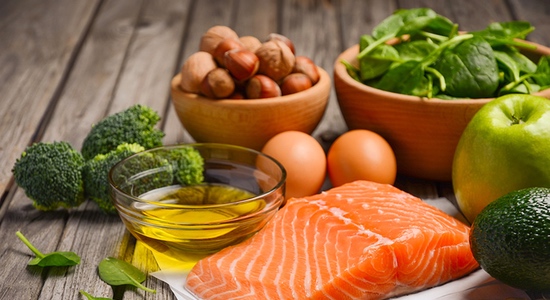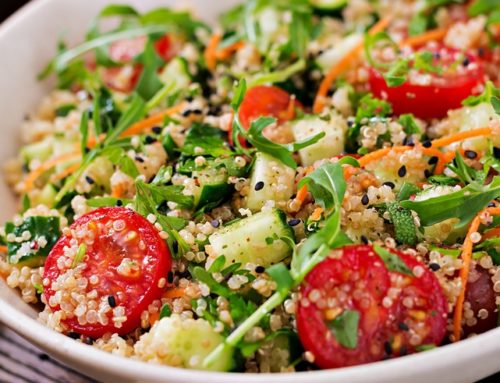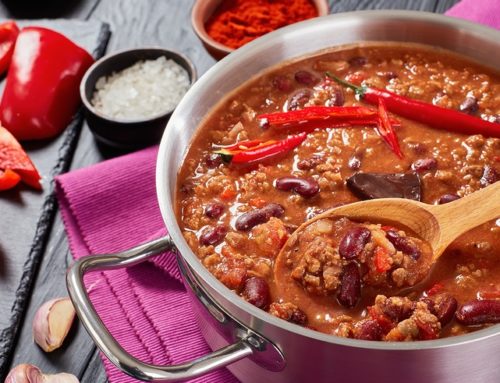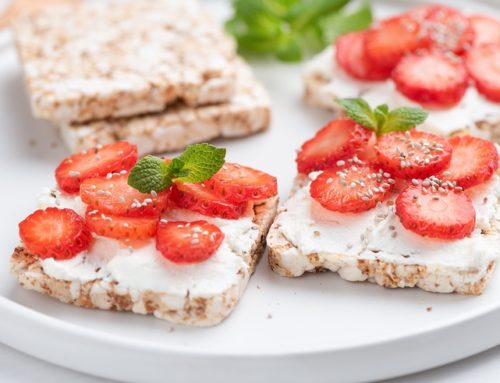What does the term “clean eating” mean to you? Making sure to rinse off your produce & meat before cooking? Maybe some complicated meal plan that came from your neighbor’s sister’s fitness guru? Some level of perfection that you never bothered looking into, because you’d never be able to do it anyhow?
Good news! The answer is none of the above. And it’s something that you can integrate into your diet in small ways (or big ways if you want).
Clean eating can most simply be defined as consuming whole foods, occurring as close to their original states as possible. These are foods that are either completely unprocessed or as minimally processed as possible. For example, consuming a whole apple versus applesauce or a dehydrated apple chip. Or freshly caught seafood versus frozen fish sticks.
Whole food choices generally contain the highest levels of nutritional value and the least amount of unwanted additions. The problem is that it is difficult to entirely avoid processing in our complex food system. And, not all processing is bad. Take for example pasteurization, the process of killing harmful bacteria by heating milk to a specific temperature. But some processing we could do without, such as the addition of excess sugars or salt to our foods, or the stripping of valuable fiber and other nutrients.
If you want to “clean up” your diet a bit to boost nutritional intake and cut back on unnecessary additives, make some of the following swaps:
- Replace flavored, instant oatmeal packets with plain steel cut oats.
- Replace white rice with a nutritionally superior counterpart like brown rice, or another unrefined grain such as quinoa or barley.
- Choose whole fruits and vegetables over package, canned, or chip versions (an exception to this being frozen produce that come without the addition of flavorings).
- Use fresh chicken pieces, and season at home, versus microwavable chicken fingers or dinners full of salt, preservatives, and refined carbohydrates.
Lastly, for some guidance on cooking with whole foods, take a look through the media library for cooking demos and recipes. Even simple changes can add up over time to big results, so don’t be afraid to start small. For more guidance, speak with one of our nutritionists today.





